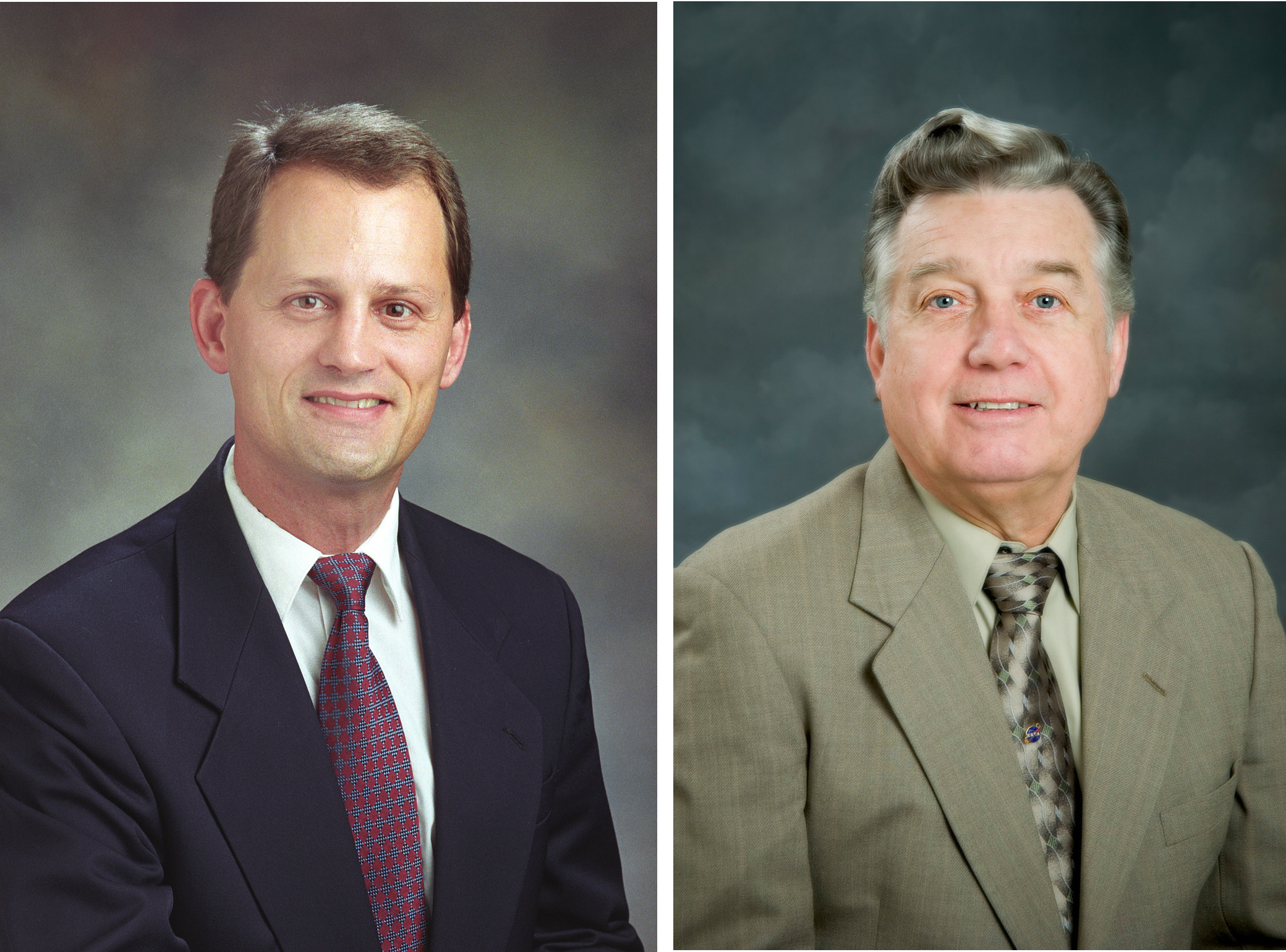Contact: Phil Hearn

STARKVILLE, Miss.--A Mississippi State engineering team led by Mark Horstemeyer and James C. Newman Jr. will use a $338,000 government award to purchase a high-performance microscope for cutting-edge, defense-related research.
The U.S. Defense Department's Defense University Research Instrumentation Program has awarded the grant to Horstemeyer, who holds the university's Center for Advanced Vehicular Systems Chair in Mechanical Engineering; and Newman, an aerospace engineering professor and former NASA scientist.
"This is another example of Mississippi State faculty doing an outstanding job of attracting external funding across diverse academic disciplines and using those resources to conduct state-of-the-art research," said Colin Scanes, MSU's research vice president.
Horstemeyer said the funds will allow the CAVS research team to purchase a Zeiss-Supra Field Emission Gun Scanning Electron Microscope with a Gemini column, equipped with a revolutionary in-situ (original position) fatigue testing stage, hydraulically actuated.
The microscope will be used in tests designed to predict the fatigue life of aircraft and vehicular materials. Detailed fatigue analysis often is required to assess the potential for failure or damage resulting from the rapid stress cycles of vibration, scientists say.
"Now, we will have a unique capability in fatigue analysis," said Horstemeyer, who is nationally recognized for his work on multi-scale materials modeling. "Few people have this capability in the USA.
"This system will play a major role in establishing high-fidelity, physic-based models to accurately predict the performances of lightweight and conventional materials under fatigue and other complicated load paths operating in aggressive environments," said the scientist, who served on the Columbia space shuttle accident investigation board.
Before coming to Mississippi three years ago, Horstemeyer spent 15 years in California working on weapons projects at the Sandia National Laboratories. While there, the Georgia Tech doctoral graduate won a prestigious Research and Development 100 Award for his work in modeling and design of automotive components.
Newman has spent most of his adult life trying to improve the structural safety of just about everything that flies. A Memphis, Tenn., native who holds a doctorate in engineering mechanics from Virginia Tech University, he spent nearly 40 years as a senior scientist at NASA's Langley Research Center in Hampton, Va., before joining the MSU faculty in 2001.
"We developed methodologies, concepts and computer codes to help the airline industry predict when this phenomenon called widespread fatigue damage would occur in aircraft," Newman said of his research work at National Aeronautics and Space Administration.
Multiscale materials modeling--the computational modeling of materials behavior--is rapidly becoming a reliable tool to underpin scientific investigations and complement traditional theoretical and experimental approaches. Fatigue analysis focuses on the effects of aging on materials and environmental impacts on failure mechanisms.
The scanning electron microscope is one of the most widely used instruments in materials research laboratories and is common in various forms in fabrication plants. It is central to microstructural analysis and therefore important to any investigation relating to the processing, properties and behavior of materials.
The field emission gun scanning electron microscope is much more expensive than other types of microscopy, researchers say, but produces the brightest and smallest probe diameter and higher resolution. It also is the choice for low-voltage applications.
"The main objective of performing in-situ fatigue tests in high-performance field emission gun scanning electron microscopes with a revolutionary high-performance fatigue-testing stage is to improve and validate our analytical and finite elements-based models for fatigue-life prediction of future aircraft and vehicular materials," said Horstemeyer, who also served on a Baseball Hall of Fame committee related to the physics of baseball.
CAVS, headed by new director Rand German, was created by the Legislature in 2001 to provide research and development support for Canton-based Nissan Motor Corp. and help lure other automotive industries to the state. It is a research arm of MSU's Bagley College of Engineering, which is led by Dean Kirk Schulz.
For more information, contact Debi Brewington at (662) 325-9611 or debi@cavs.msstate.edu; Dr. Horstemeyer at 325-7308 or mfhorst@me.msstate.edu; or Dr. Newman at 325-1521 or j.c.newman.jr@ae.msstate.edu.